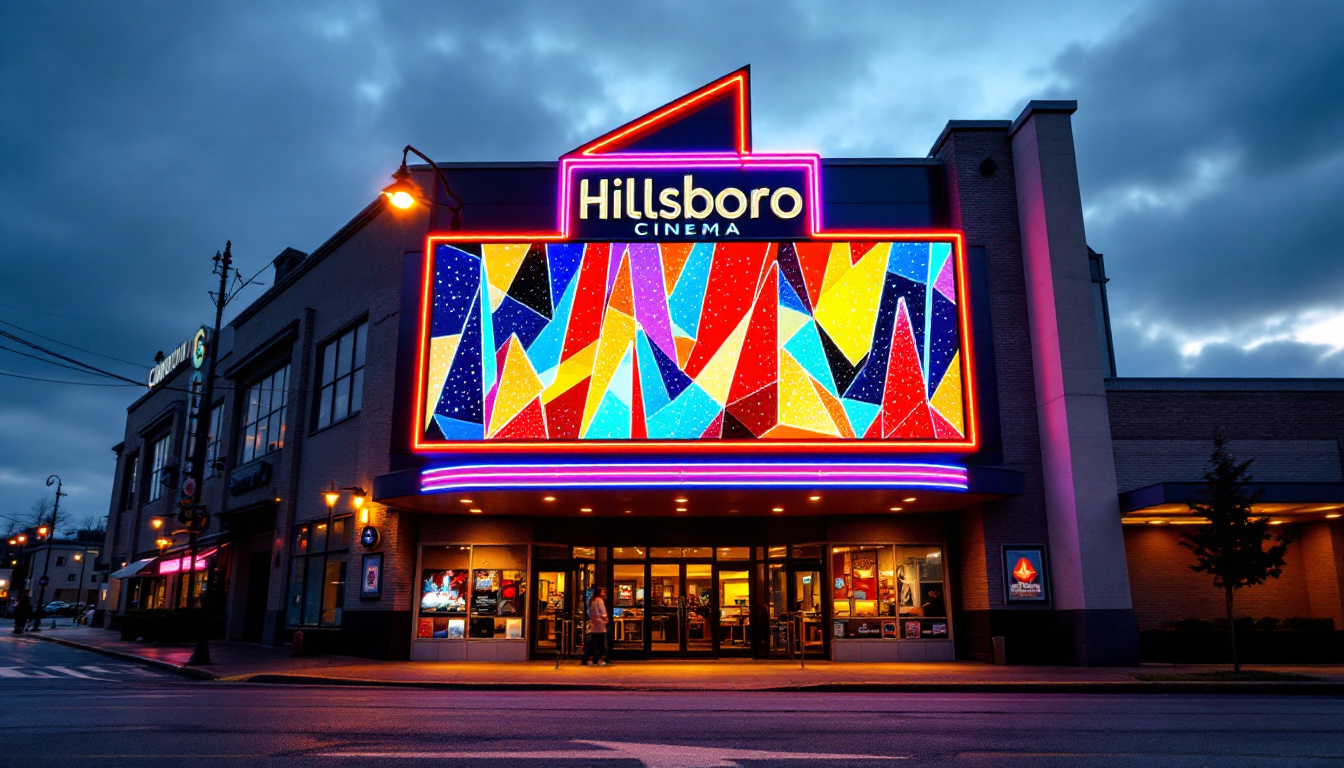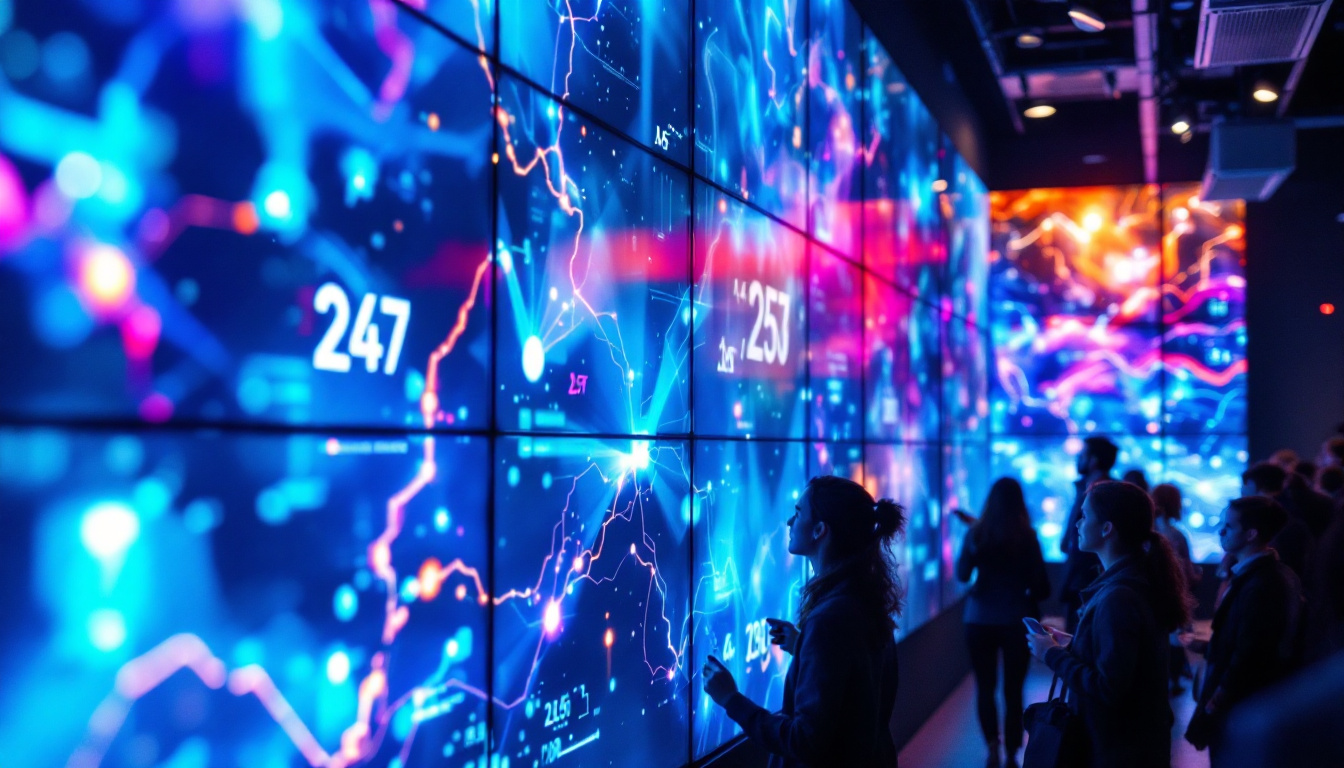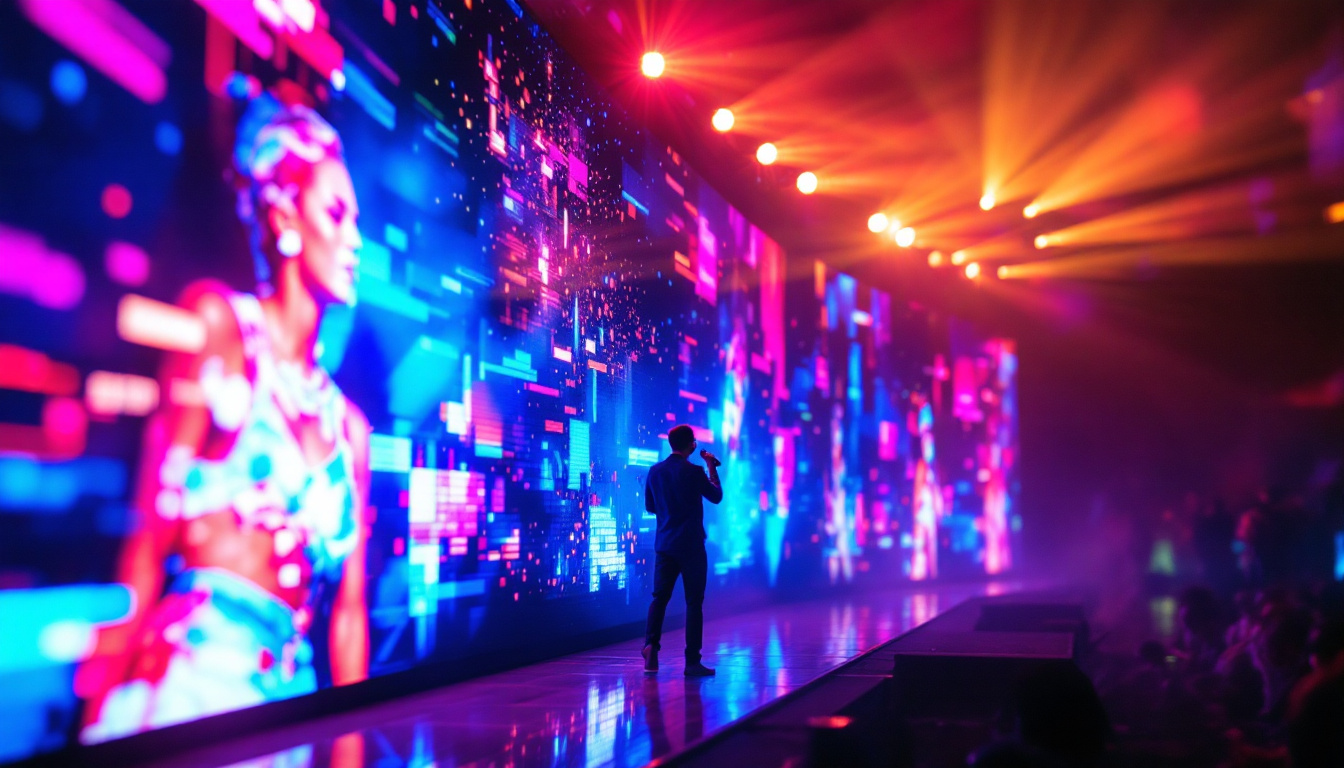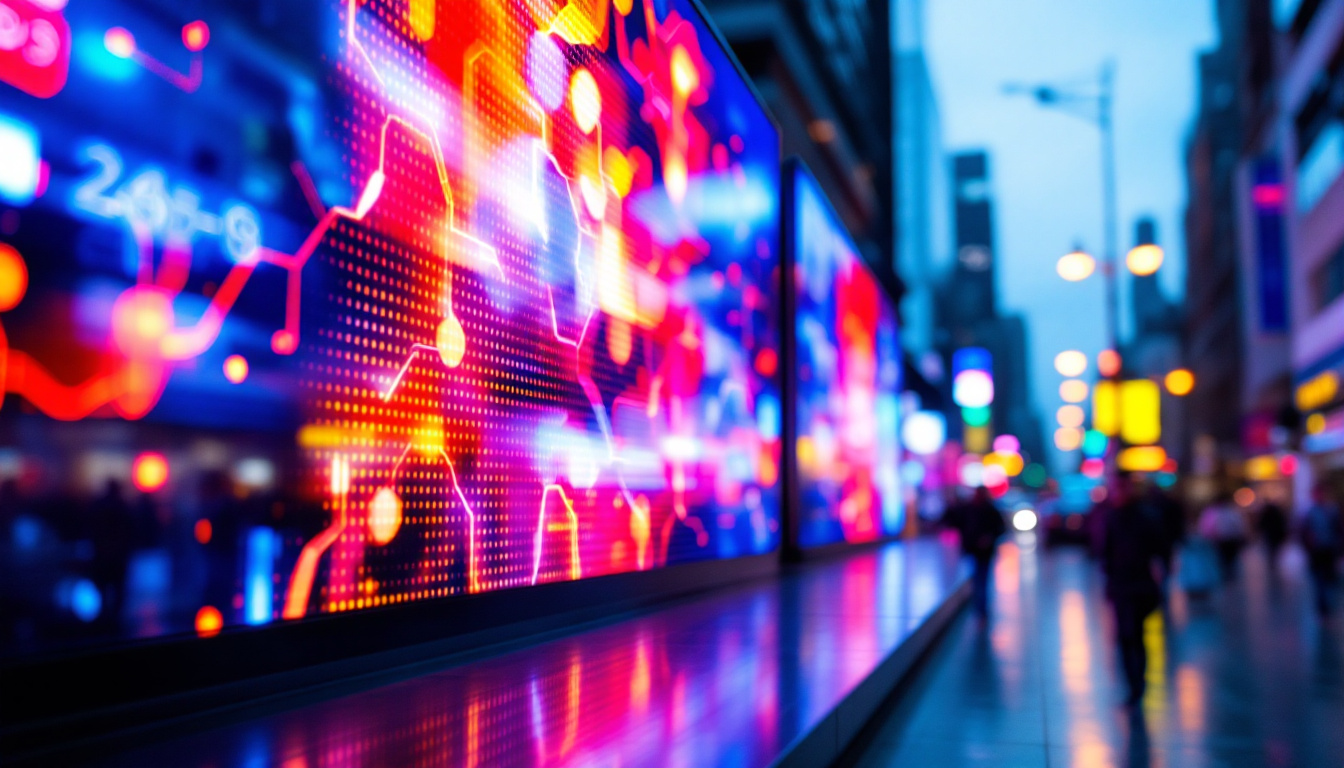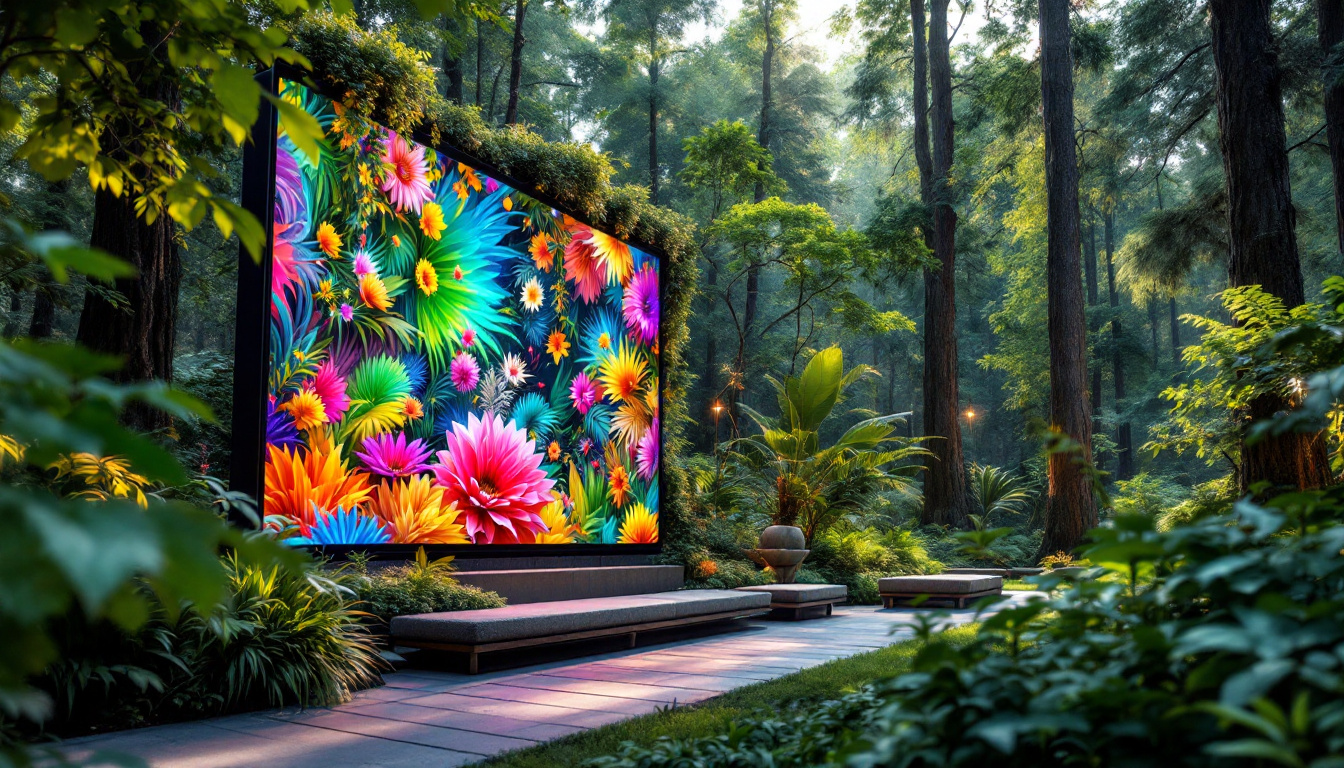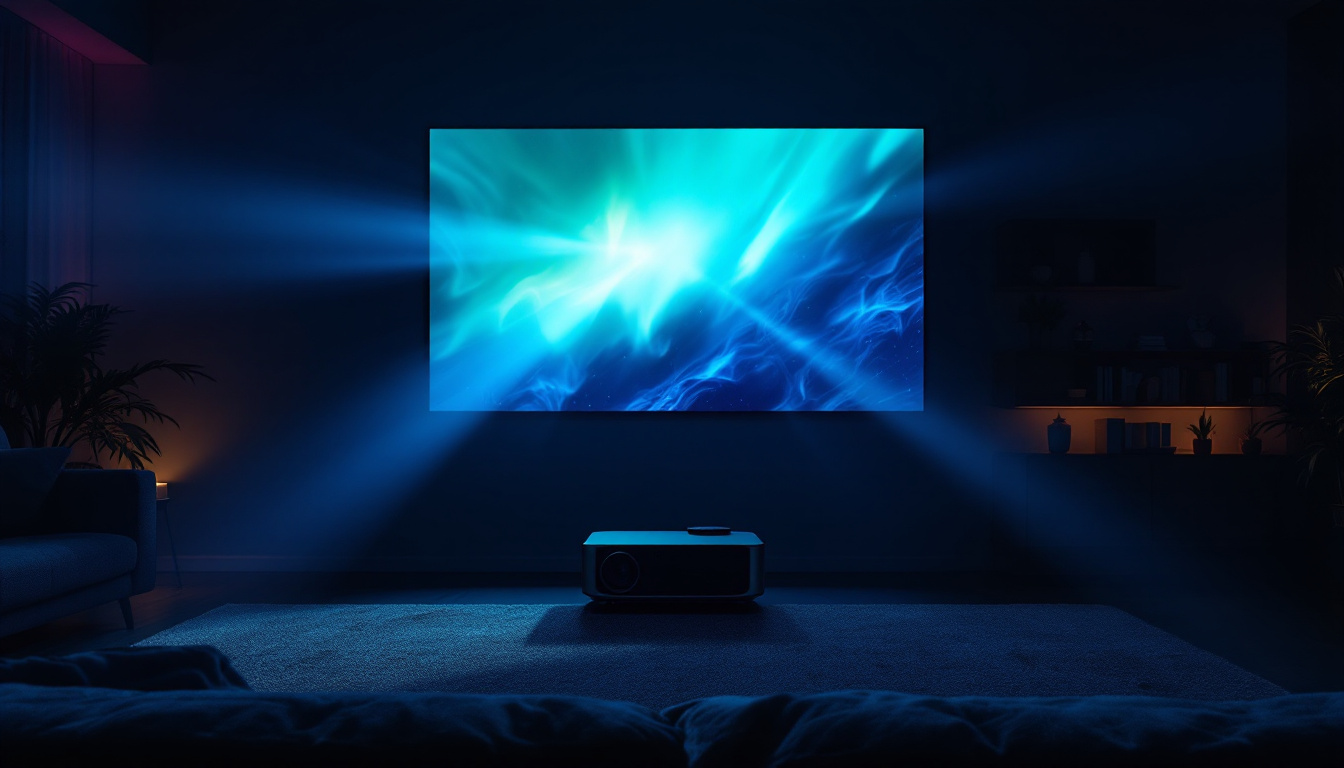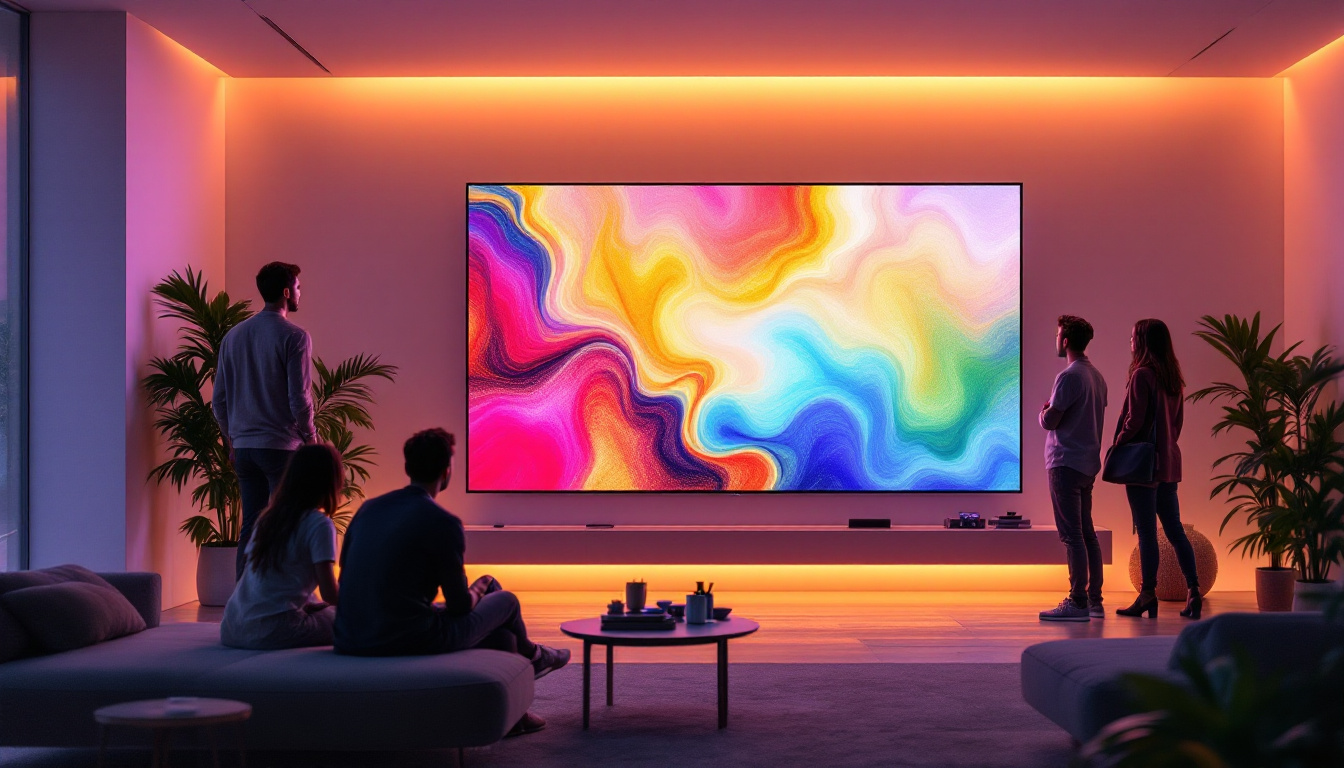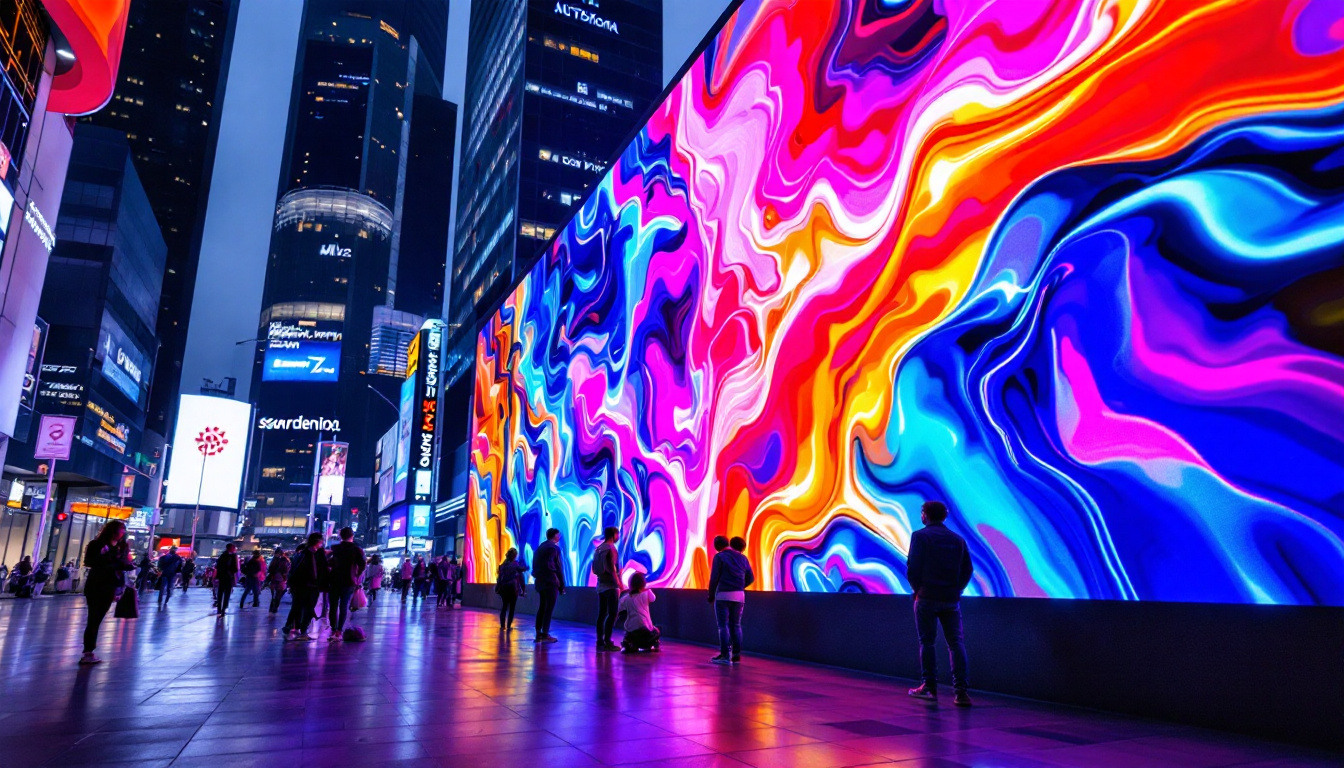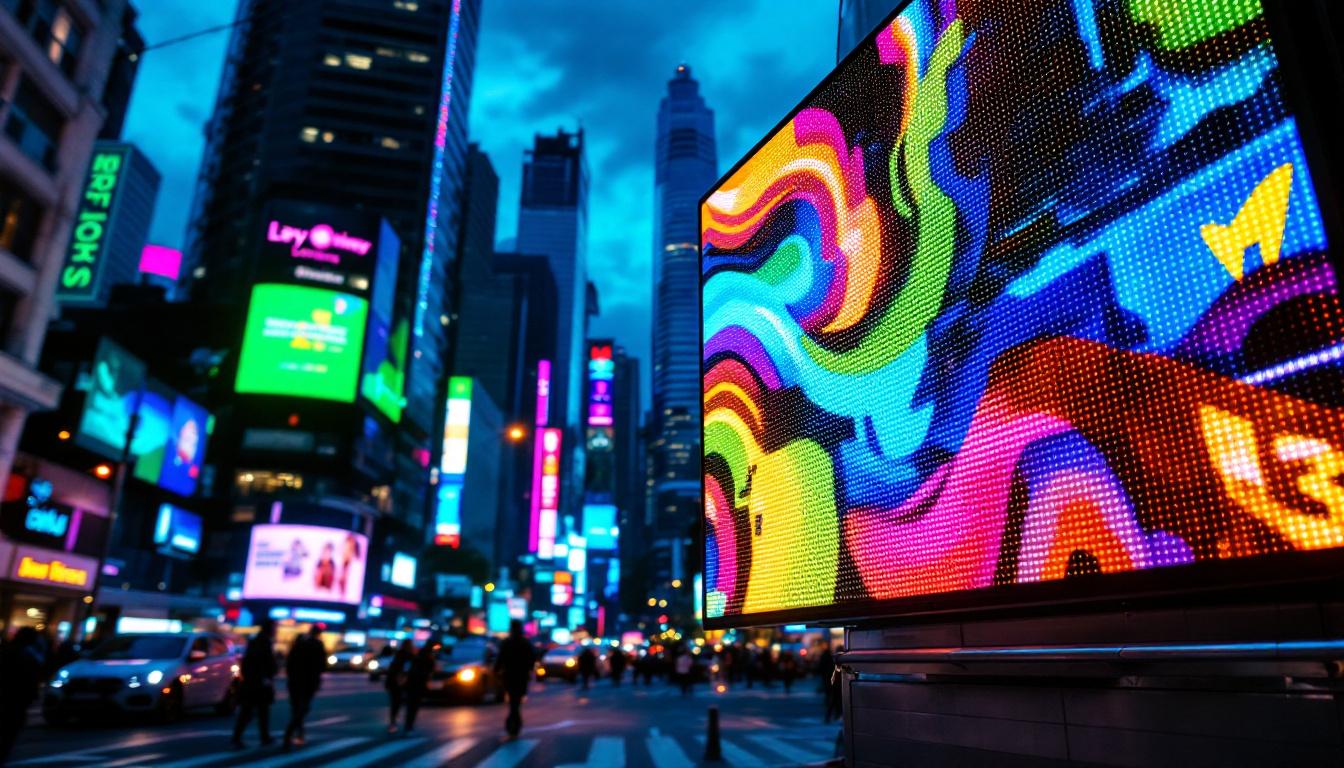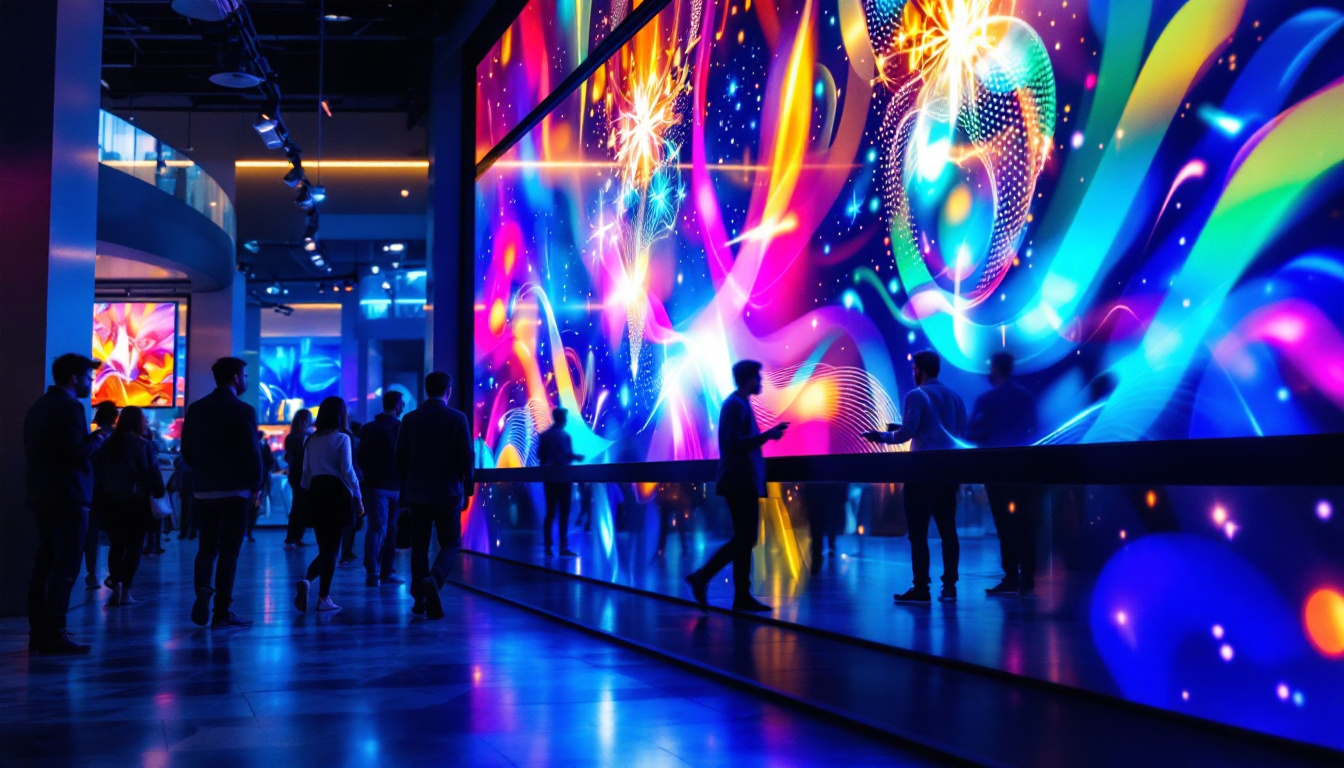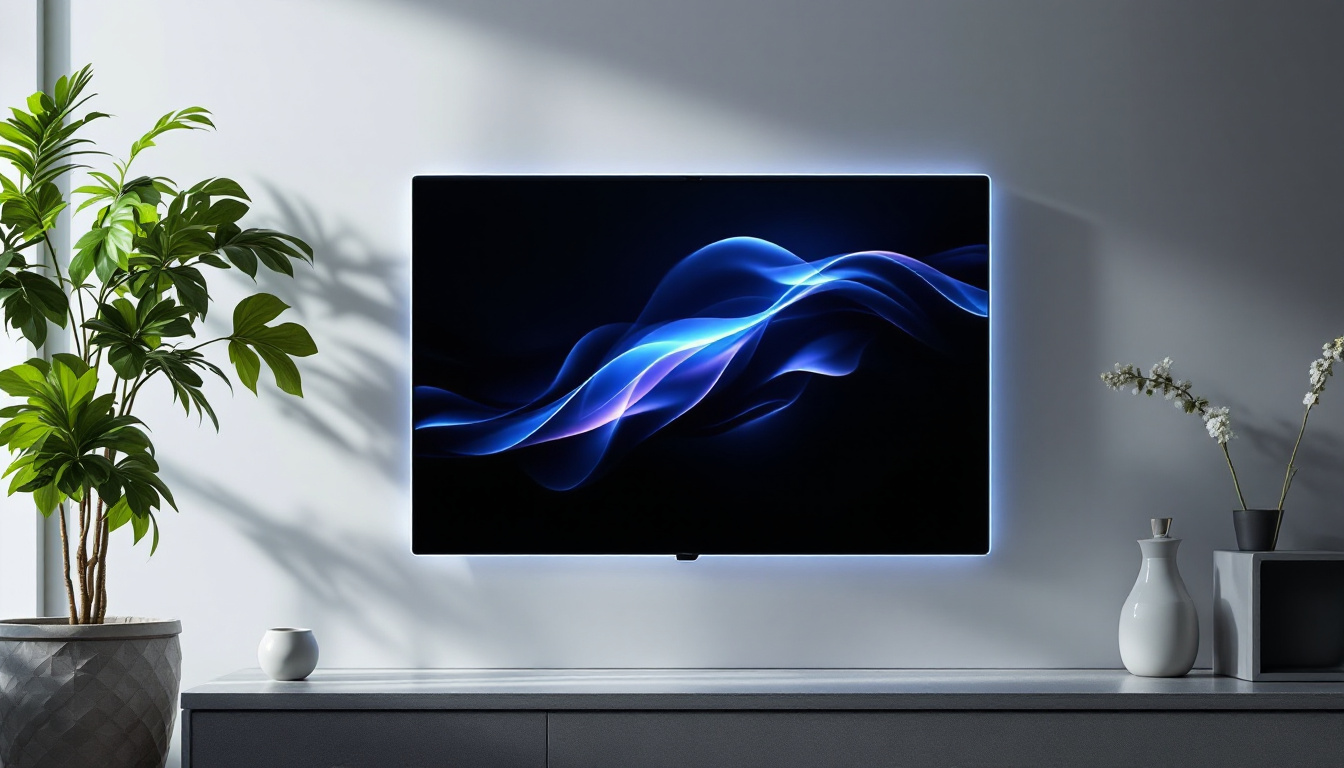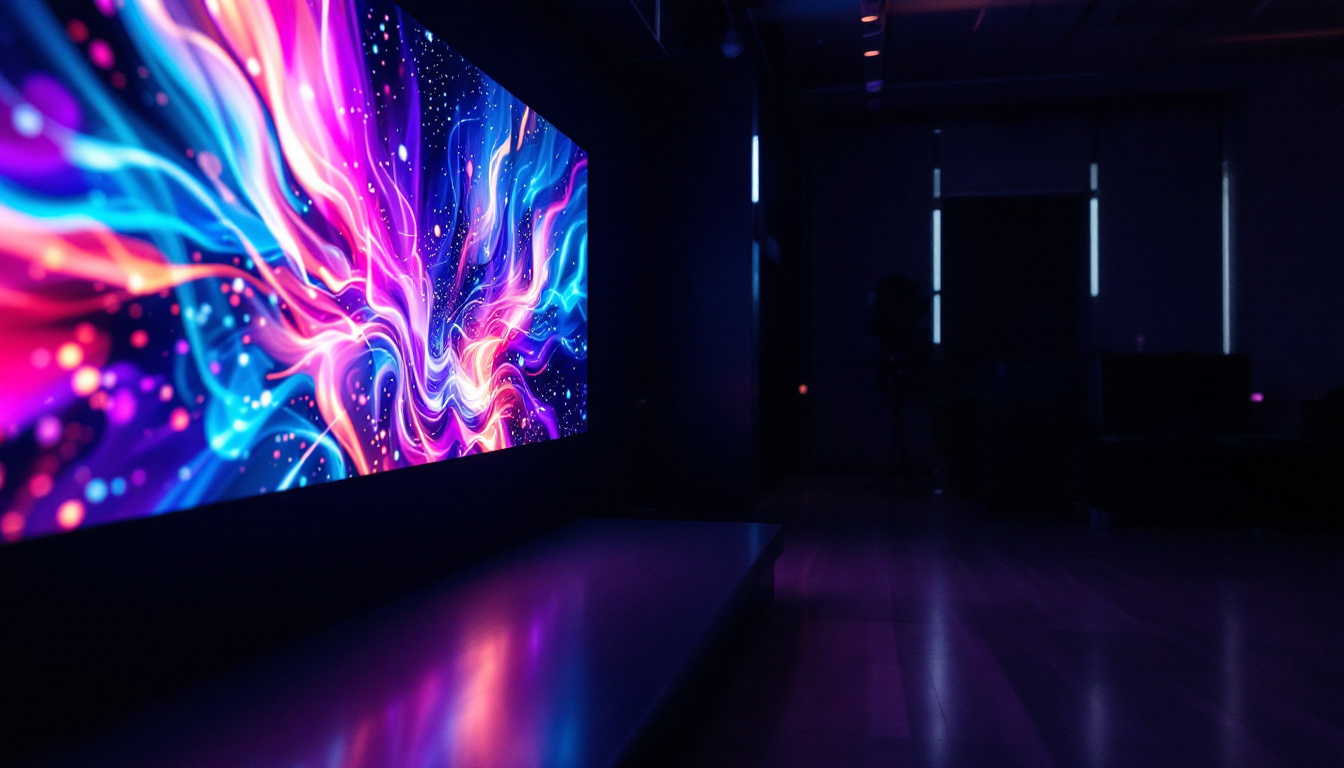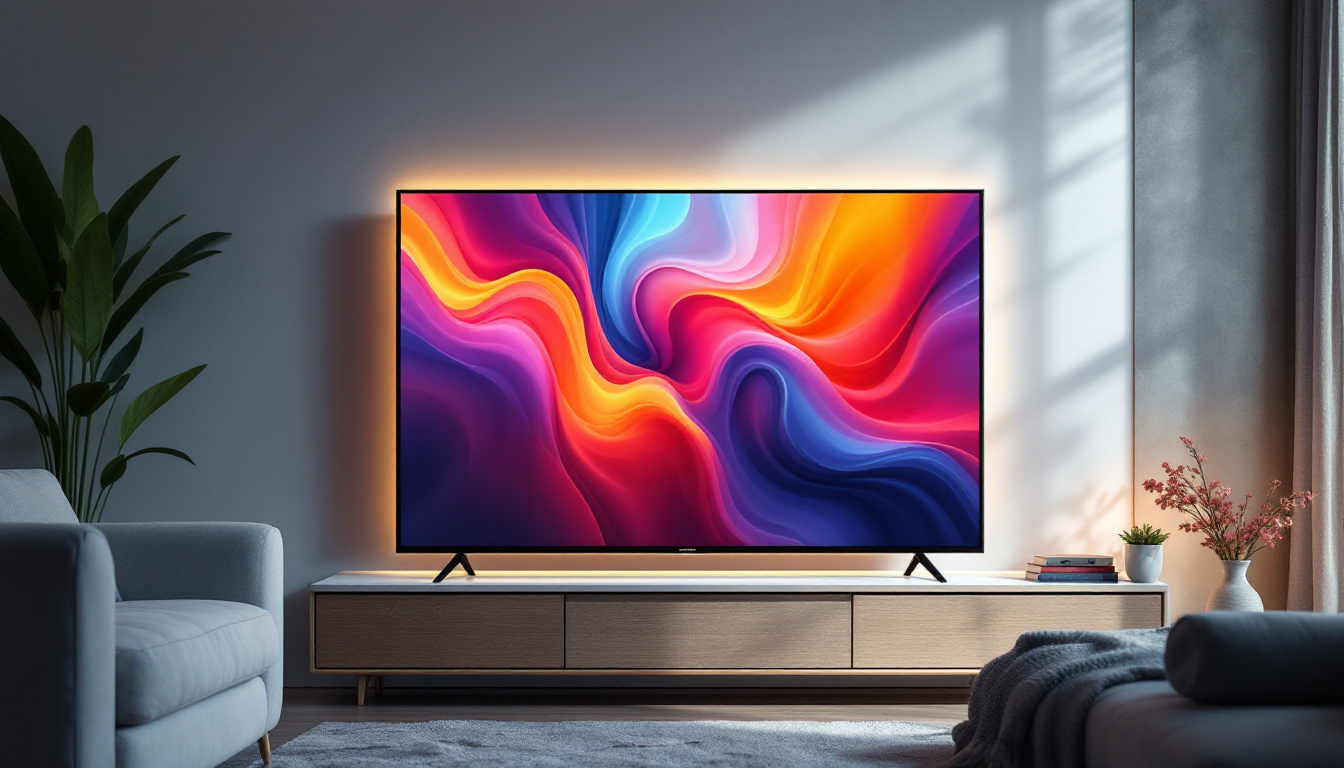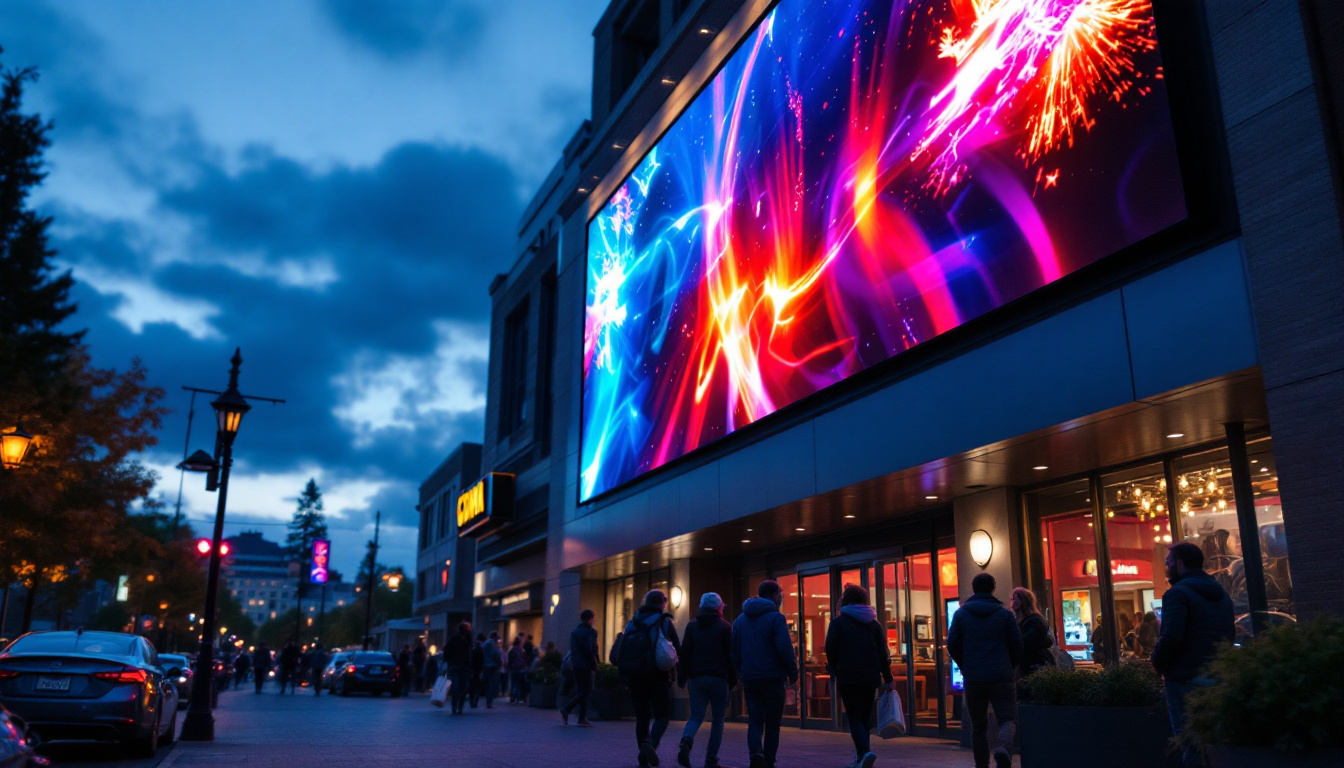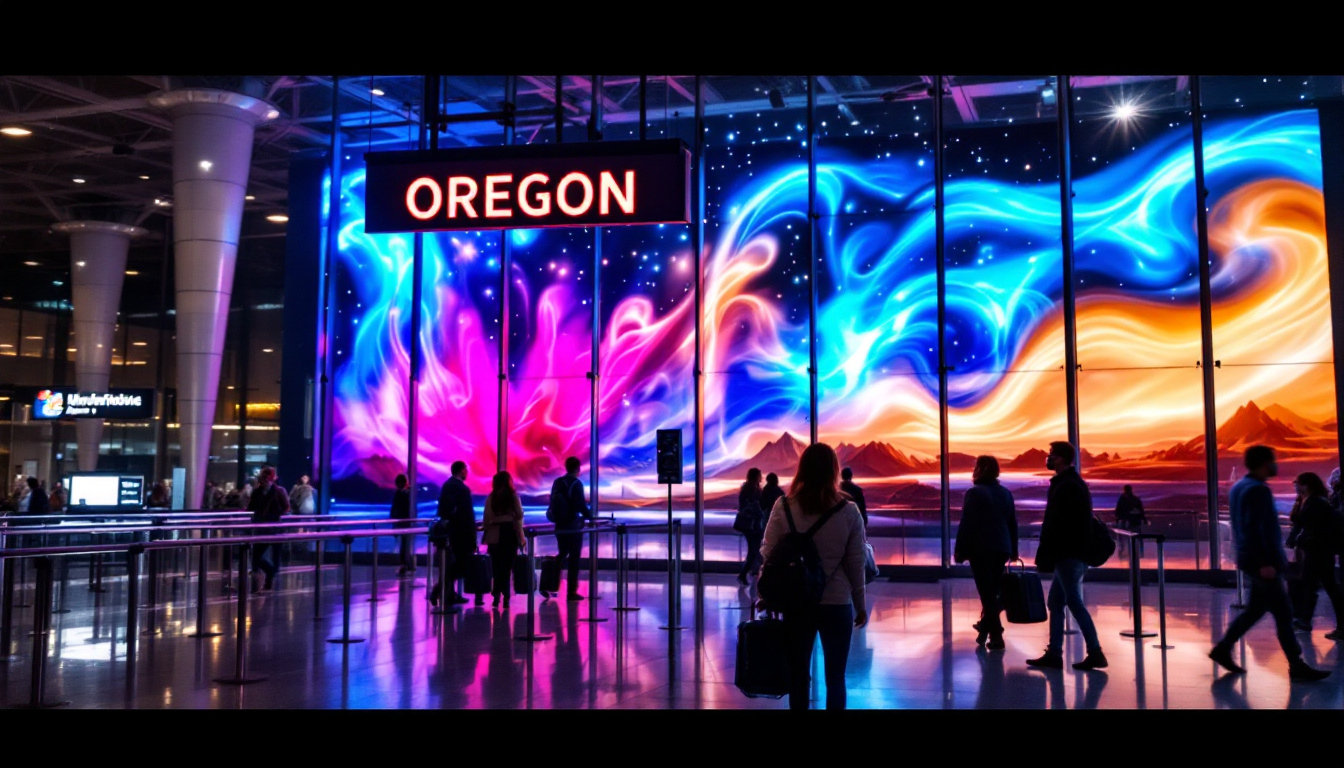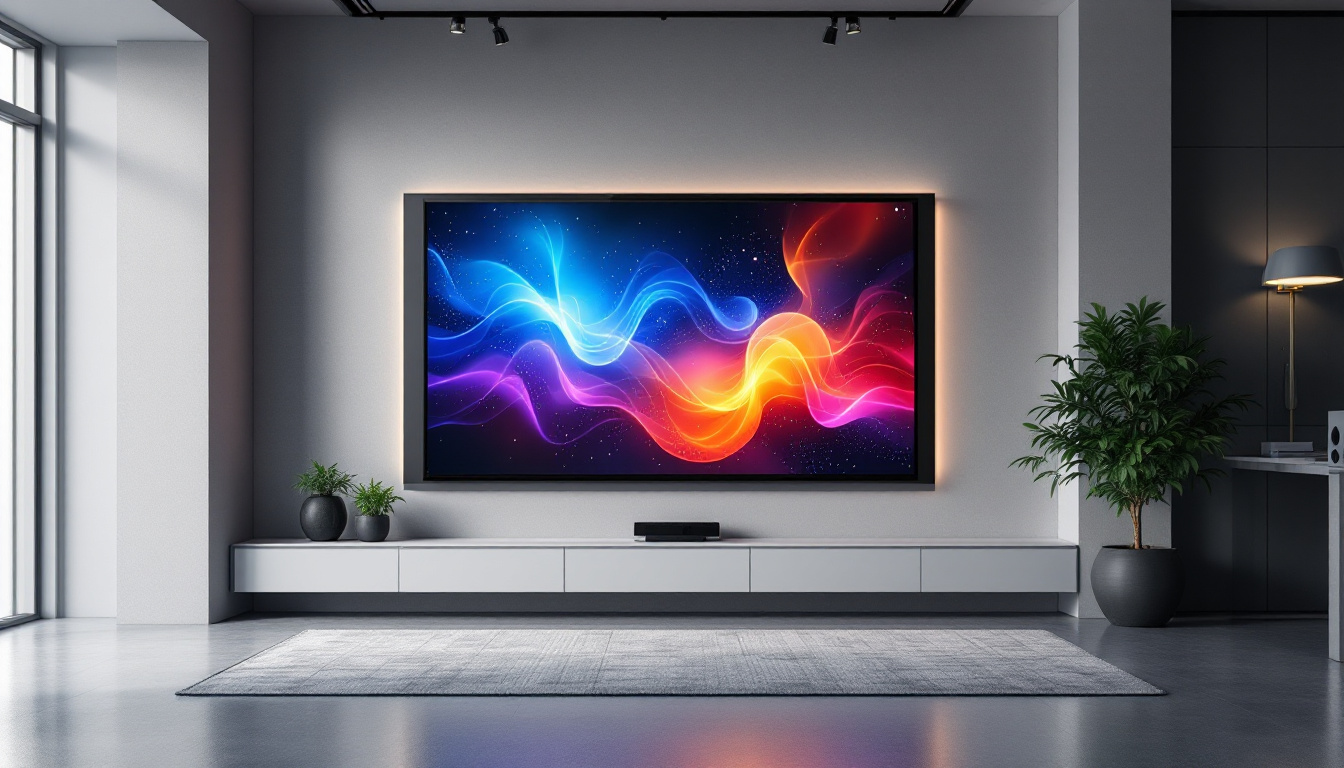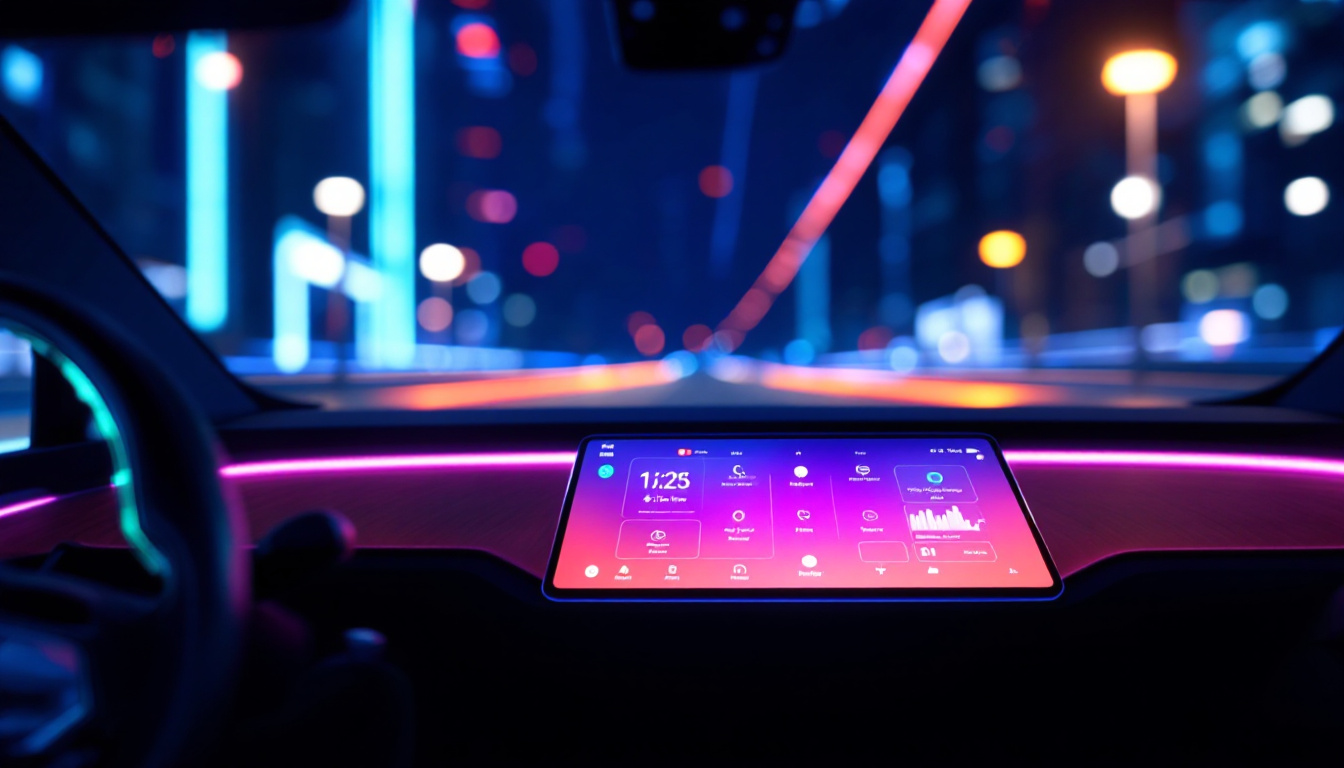In the ever-evolving world of cinema technology, the Hillsboro Cinema stands out not just for its films but also for its innovative use of LED display technology. This article delves into the intricacies of LED displays, their advantages, and how they enhance the cinematic experience for audiences.
Understanding LED Display Technology
LED, or Light Emitting Diode, technology has revolutionized the way visual content is presented. Unlike traditional projection systems, LED displays utilize thousands of tiny diodes to create vibrant images and videos. This technology is not only energy-efficient but also offers superior brightness and color accuracy. The compact nature of LED diodes allows for thinner and lighter displays, making them easier to install and integrate into various environments, from large auditoriums to small retail spaces.
How LED Displays Work
At the core of LED display technology is the principle of electroluminescence. When an electric current passes through a semiconductor material, it emits light. This process occurs in individual diodes, which can be combined to form larger screens. The arrangement of these diodes determines the resolution and quality of the display. Moreover, advancements in technology have led to the development of microLEDs, which are even smaller diodes that can create displays with incredible pixel density and contrast ratios, further enhancing the viewing experience.
LED displays can be categorized into two main types: direct view and backlit. Direct view displays are made up of individual LED modules that form the entire screen, while backlit displays use LEDs to illuminate a liquid crystal display (LCD) panel from behind. In cinema settings, direct view LED displays are preferred for their ability to deliver a seamless and immersive viewing experience. Additionally, these displays can be configured in various shapes and sizes, allowing for creative installations that can adapt to the specific needs of different venues, from sports arenas to art galleries.
Key Features of LED Displays
One of the standout features of LED displays is their exceptional brightness. This makes them ideal for environments with high ambient light, such as cinemas. Additionally, LED technology provides a wide color gamut, allowing for more accurate and vibrant color reproduction. This capability enhances the visual storytelling of films, making every scene more engaging. Furthermore, the high refresh rates of LED displays reduce motion blur, which is particularly beneficial for fast-paced action sequences in movies and sports broadcasts.
Another significant advantage is the longevity of LED displays. With a lifespan that can exceed 100,000 hours, they require less frequent replacements compared to traditional projection systems. This not only reduces operational costs but also minimizes downtime for maintenance. Moreover, LED displays are more environmentally friendly, as they do not contain harmful materials like mercury, which is often found in older projection technologies. This makes them a sustainable choice for businesses looking to reduce their carbon footprint while still delivering high-quality visual content.
The Advantages of LED Displays in Cinemas
As cinemas continue to seek ways to enhance the viewer experience, LED displays offer several compelling advantages. From improved image quality to energy efficiency, these displays are becoming a staple in modern cinema design.
Enhanced Image Quality
One of the primary reasons cinemas are adopting LED display technology is the enhanced image quality it provides. The ability to produce deeper blacks and brighter whites contributes to a more dynamic range of colors. This results in a more lifelike representation of the film, allowing audiences to immerse themselves fully in the story.
Moreover, LED displays maintain consistent image quality across various viewing angles. Unlike traditional projection systems, where image quality can degrade at the edges of the screen, LED displays ensure that every seat in the theater offers an optimal viewing experience. This consistency is particularly important for large auditoriums where viewers may be seated far from the center of the screen, as it guarantees that everyone can enjoy the same vibrant visuals regardless of their location.
In addition to color accuracy, LED displays also support higher refresh rates, which can significantly enhance the viewing experience, especially during fast-paced action sequences. The smooth motion rendering reduces blurring and ghosting effects, making it easier for audiences to follow the action on screen. This level of detail not only captivates viewers but also elevates the overall cinematic experience, making it feel more immersive and engaging.
Energy Efficiency and Cost Savings
Energy consumption is a critical consideration for any cinema operator. LED displays are notably more energy-efficient than traditional projection systems, consuming significantly less power while delivering superior brightness. This efficiency translates into lower electricity bills, allowing cinemas to allocate resources elsewhere.
Additionally, the longevity of LED displays means that cinemas can save on maintenance and replacement costs. With fewer components to replace and less frequent servicing required, the overall operational costs are reduced, making LED displays a financially sound investment. The durability of LED technology also means that cinemas can expect a longer lifespan for their screens, often exceeding 100,000 hours of use, which is a stark contrast to traditional projection bulbs that may need replacement every few thousand hours.
Furthermore, the reduced heat output of LED displays not only contributes to energy savings but also enhances the comfort of the cinema environment. Less heat generation means lower demands on air conditioning systems, leading to additional cost savings and a more pleasant atmosphere for moviegoers. This holistic approach to energy efficiency and comfort aligns with the growing trend of sustainability in the entertainment industry, appealing to environmentally conscious audiences and operators alike.
Implementing LED Displays in Hillsboro Cinema
The Hillsboro Cinema has embraced LED display technology as part of its commitment to providing a top-notch viewing experience. The implementation process involves careful planning and execution to ensure that the displays meet the needs of both the cinema and its patrons.
Design Considerations
When integrating LED displays, several design considerations come into play. The size of the screen, the layout of the cinema, and the type of films being shown all influence the final design. Hillsboro Cinema opted for a modular approach, allowing for flexibility in screen size and configuration.
Additionally, acoustic considerations are vital. LED displays can produce sound, but in a cinema setting, it’s essential to ensure that the audio from the film is not compromised. The design team worked closely with audio engineers to create an environment where both visual and auditory elements harmonize seamlessly. This collaboration led to the installation of strategically placed sound panels that absorb excess noise, ensuring that the immersive experience of watching a film is not disrupted by any extraneous sounds.
Moreover, the aesthetic aspect of the LED displays was a significant focus. The cinema aimed to create a visually appealing environment that enhances the overall atmosphere. The design team incorporated sleek bezels and a minimalist frame that blends seamlessly with the cinema’s modern decor. This attention to detail not only elevates the visual experience but also aligns with Hillsboro Cinema’s branding as a forward-thinking entertainment venue.
Installation and Calibration
The installation of LED displays is a meticulous process that requires expertise. Professionals are tasked with ensuring that each module is correctly aligned and calibrated. This step is crucial for achieving the desired image quality and consistency across the screen.
Calibration involves adjusting the brightness, contrast, and color settings to match the cinema’s specific lighting conditions. Hillsboro Cinema’s technicians conducted extensive testing to ensure that the displays performed optimally under various scenarios, from bright daylight to dimmed evening screenings. They utilized advanced calibration tools and software to achieve precise color accuracy, which is essential for delivering the filmmakers’ vision as intended.
Furthermore, the installation process included rigorous safety checks and compliance with industry standards. The team ensured that all wiring and connections were securely installed to prevent any potential hazards. This thorough approach not only guarantees the longevity of the LED displays but also instills confidence in patrons that they are in a safe and well-maintained environment while enjoying their favorite films.
The Future of LED Displays in Cinemas
The future of LED display technology in cinemas looks promising, with ongoing advancements that continue to push the boundaries of what’s possible. As technology evolves, so too does the potential for enhanced viewer experiences.
Emerging Trends
One emerging trend in LED display technology is the development of flexible and transparent displays. These innovations allow for creative applications that can transform the cinema environment. For instance, transparent LED screens can be used to create immersive experiences that blend the physical and digital worlds.
Additionally, advancements in pixel density are leading to even sharper images. Higher pixel counts mean that viewers can sit closer to the screen without noticing any loss in quality, further enhancing the cinematic experience.
Integration with Other Technologies
As cinemas continue to innovate, the integration of LED displays with other technologies will play a significant role. For instance, combining LED displays with augmented reality (AR) and virtual reality (VR) can create unique experiences that captivate audiences in new ways.
Moreover, the potential for interactive displays is another area of interest. Imagine a cinema where audiences can engage with the content in real-time, making choices that influence the storyline. Such innovations could redefine the concept of storytelling in cinema.
Conclusion
The Hillsboro Cinema’s adoption of LED display technology marks a significant step forward in enhancing the cinematic experience. With their superior image quality, energy efficiency, and longevity, LED displays are transforming the way films are presented and enjoyed.
As technology continues to evolve, the potential for further advancements in LED displays will undoubtedly shape the future of cinema. Hillsboro Cinema is at the forefront of this transformation, committed to providing audiences with an unparalleled viewing experience that combines the best of technology and storytelling.
In conclusion, the integration of LED displays is not just a trend; it is a fundamental shift in how cinemas operate and engage with their audiences. As viewers increasingly seek immersive and high-quality experiences, LED technology will continue to play a pivotal role in meeting those demands.
Discover the Future of Visual Experience with LumenMatrix
Ready to elevate your cinematic journey? Embrace the future with LumenMatrix’s advanced LED display solutions. As a pioneer in the industry, LumenMatrix offers an extensive range of innovative LED displays, from Indoor and Outdoor LED Walls to specialized solutions like Vehicle Displays, LED Posters, and even Custom LED Displays tailored to your unique needs. Whether you’re looking to transform a cinema, enhance a sports arena, or captivate passersby with a striking Outdoor LED Wall, LumenMatrix is your partner in creating immersive visual experiences. Don’t miss out on the opportunity to revolutionize your space. Check out LumenMatrix LED Display Solutions today and step into the future of storytelling and brand engagement.

